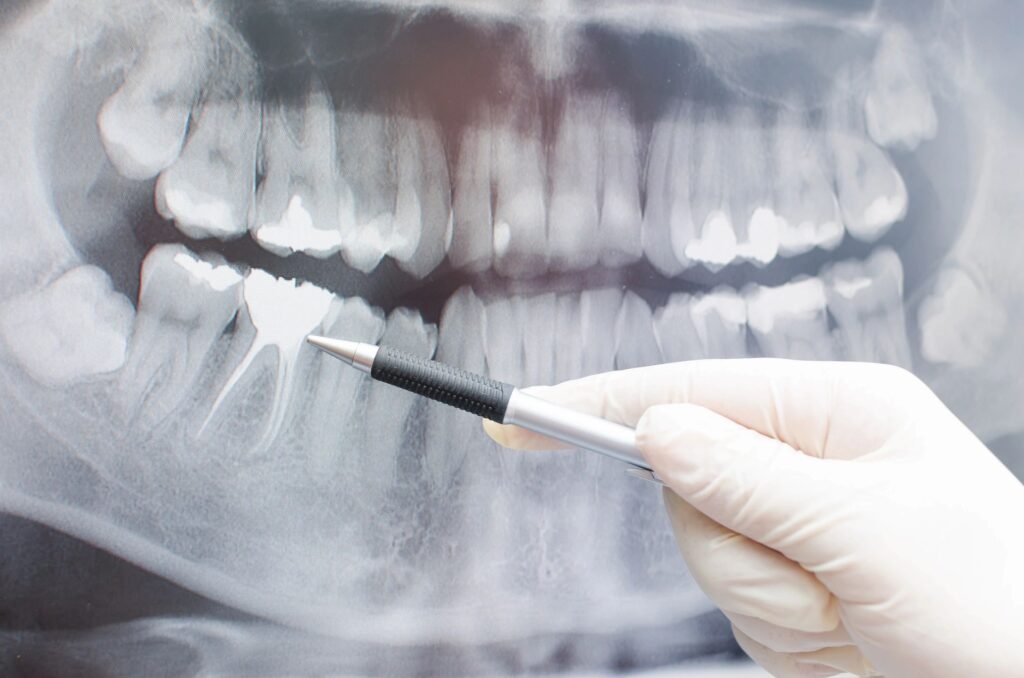
Are you feeling nervous about an upcoming root canal treatment? You’re not alone. Root canals have a reputation for being scary, but fear not! Let’s dive into what a root canal really is and why it’s not as daunting as it seems.
What is a Root Canal?
A root canal is a dental procedure designed to save a tooth that is severely infected or decayed. Inside each tooth, there is a soft tissue called pulp, which contains nerves, blood vessels, and connective tissue. When the pulp becomes infected or inflamed, it can cause severe pain and lead to further dental problems if left untreated.
During a root canal, your dentist will remove the infected or damaged pulp from the tooth. The inside of the tooth is then cleaned, disinfected, and sealed to prevent further infection.
Why is a Root Canal Necessary?
You might wonder, why not just pull the tooth? While extraction may seem like a quick fix, preserving your natural teeth is always the best option whenever possible. Here’s why:

- Preserving Function: Your natural teeth are best for biting and chewing. Losing a tooth can affect your ability to eat and speak properly.
- Maintaining Appearance: A missing tooth can impact your smile and facial appearance. Keeping your natural teeth helps maintain the aesthetics of your smile.
- Preventing Bone Loss: When a tooth is extracted, the jawbone can start to deteriorate over time. Preserving the tooth through a root canal helps maintain the bone structure of your jaw.
What to Expect During a Root Canal
The thought of a root canal might make you anxious, but rest assured, the procedure is performed under local anesthesia, ensuring you feel little to no pain during the process. Here’s a step-by-step overview of what typically happens during a root canal:

- Diagnosis: Your dentist will examine your tooth and may take X-rays to determine the extent of the infection and plan the treatment.
- Anesthesia: Local anesthesia is administered to numb the area around the affected tooth, ensuring you remain comfortable throughout the procedure.
- Pulp Removal: The dentist creates an opening in the tooth and removes the infected or damaged pulp using special instruments.
- Cleaning and Shaping: The inside of the tooth is cleaned and shaped to remove any remaining bacteria and debris.
- Sealing: Once the tooth is thoroughly cleaned, it is filled and sealed with a biocompatible material to prevent further infection.
- Restoration: In most cases, a dental crown is placed over the treated tooth to restore its strength, function, and appearance.
Aftercare and Recovery
After your root canal procedure, it’s normal to experience some discomfort or mild swelling, which can usually be managed with over-the-counter pain medication. Here are a few tips for a smooth recovery:

- Follow your dentist’s instructions for caring for the treated tooth.
- Maintain good oral hygiene by brushing and flossing regularly.
- Attend follow-up appointments as recommended by your dentist.
- Avoid chewing on hard or sticky foods until the tooth is fully restored.
While root canals may have a scary reputation, they are a common and highly successful dental procedure that can save your natural tooth and relieve you from pain and discomfort. If you’re experiencing tooth pain or suspect you may need a root canal, don’t hesitate to reach out to your dentist.
Call us today at (02) 8014 4288, click HERE to learn more, or click the button below to book online! Remember, a healthy smile starts with good dental care!
